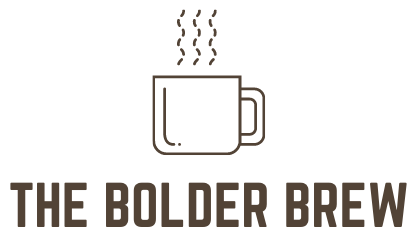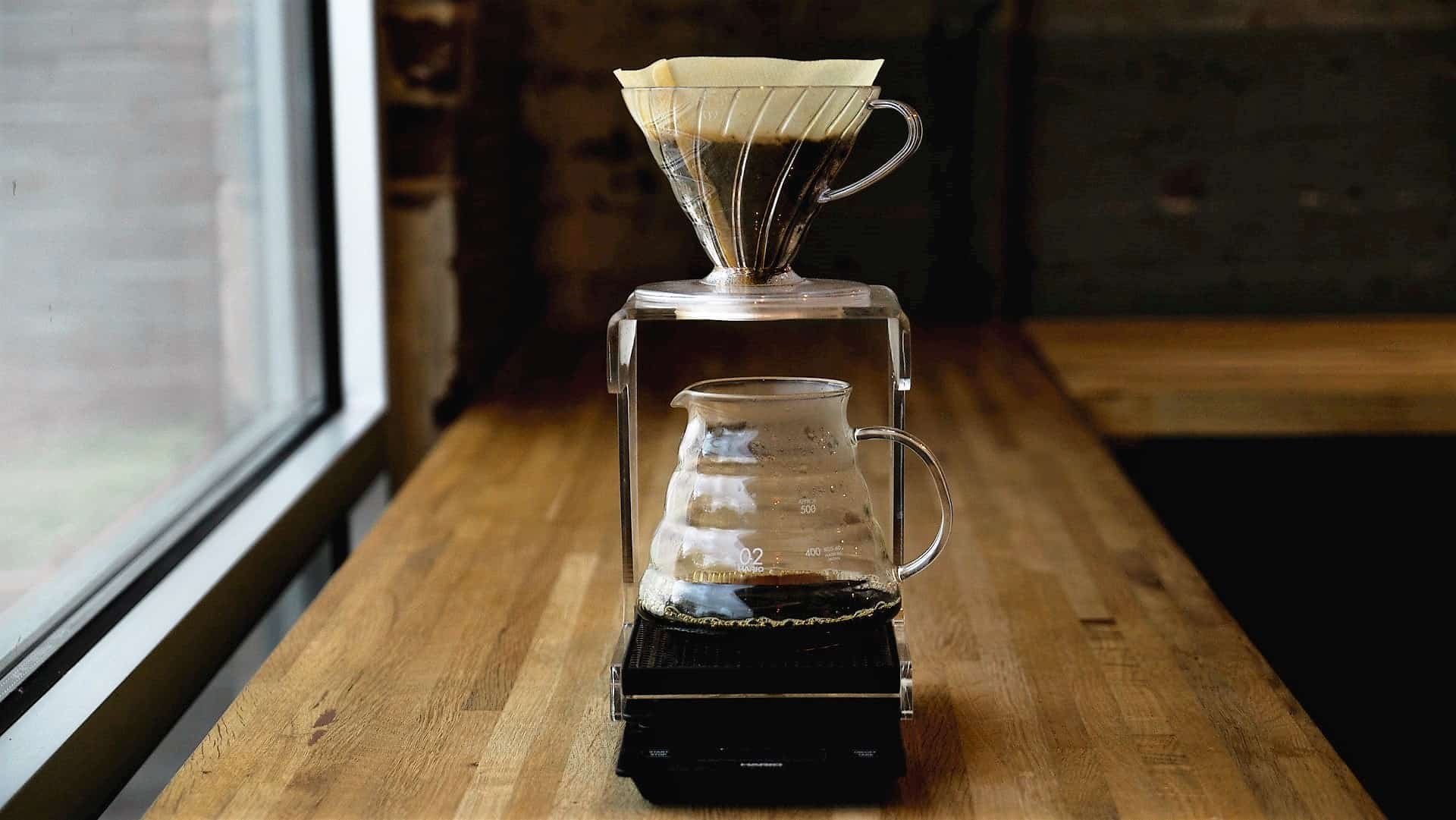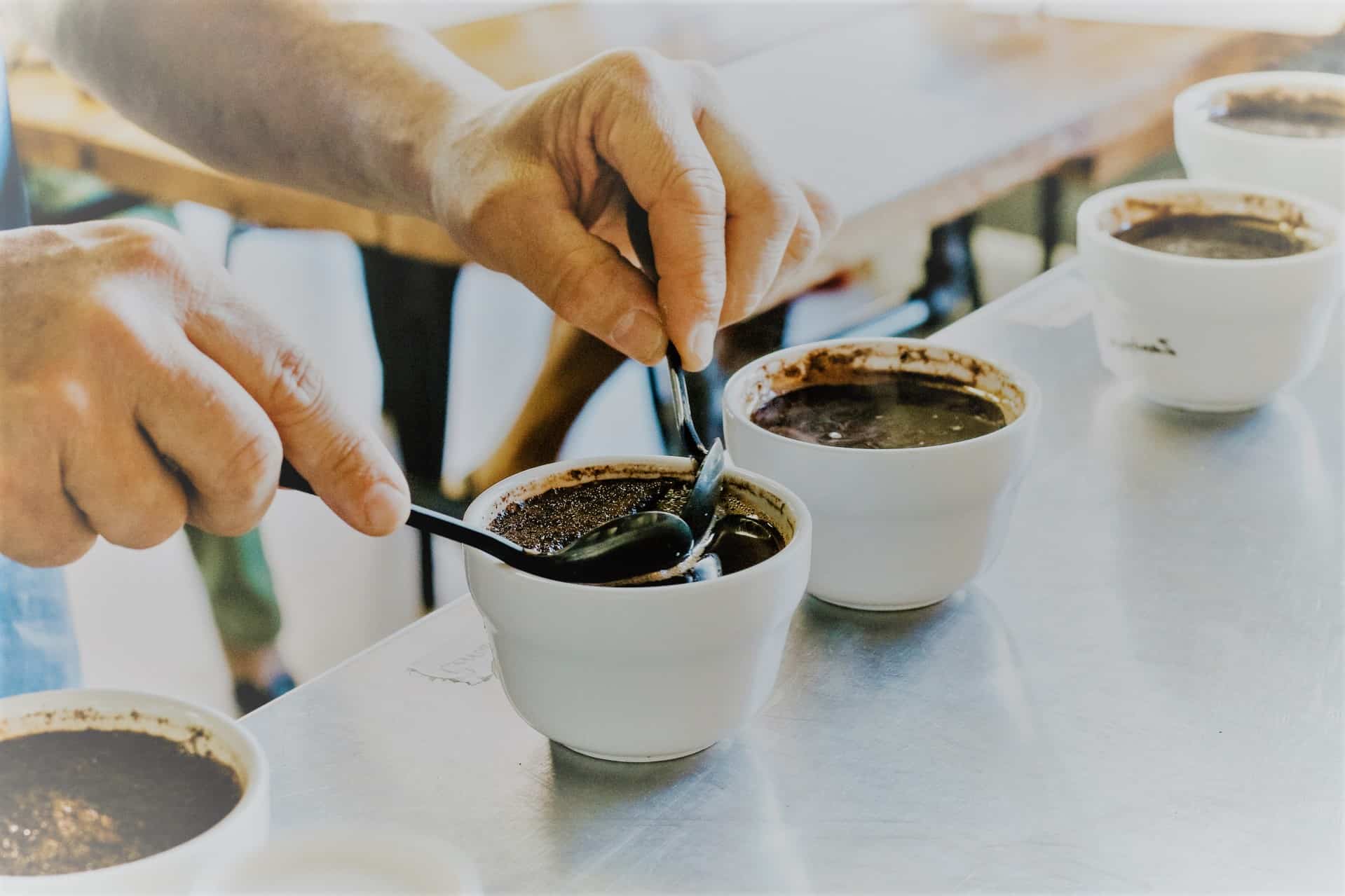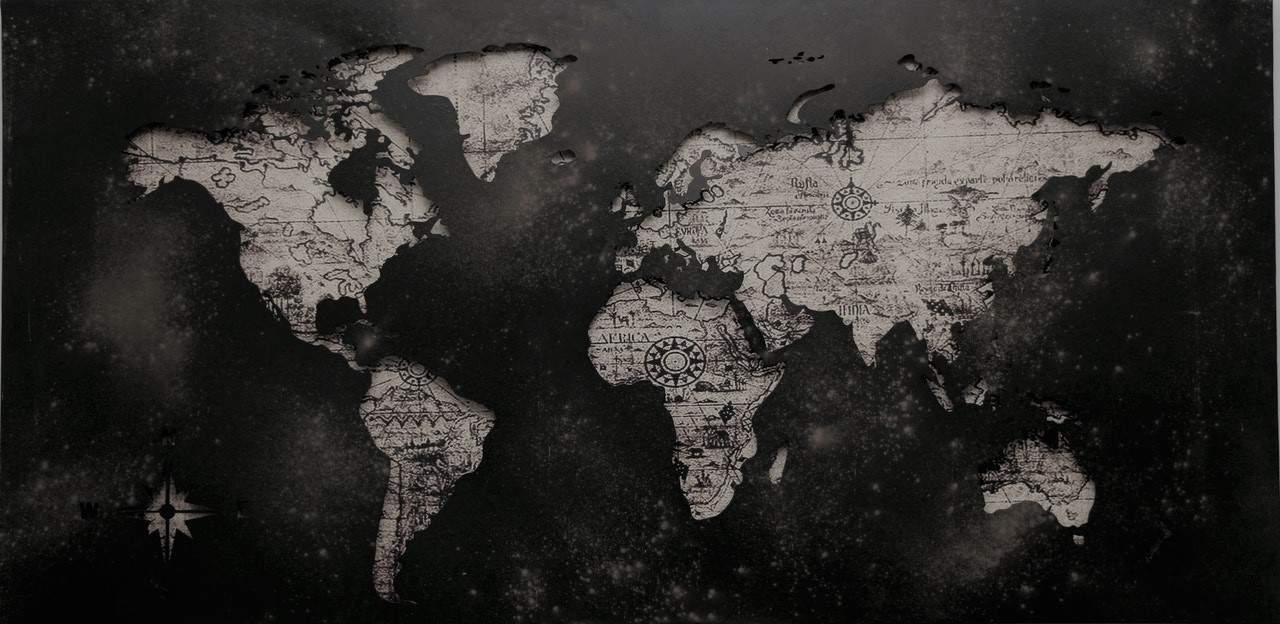How Long Does Pour-Over Coffee Take?
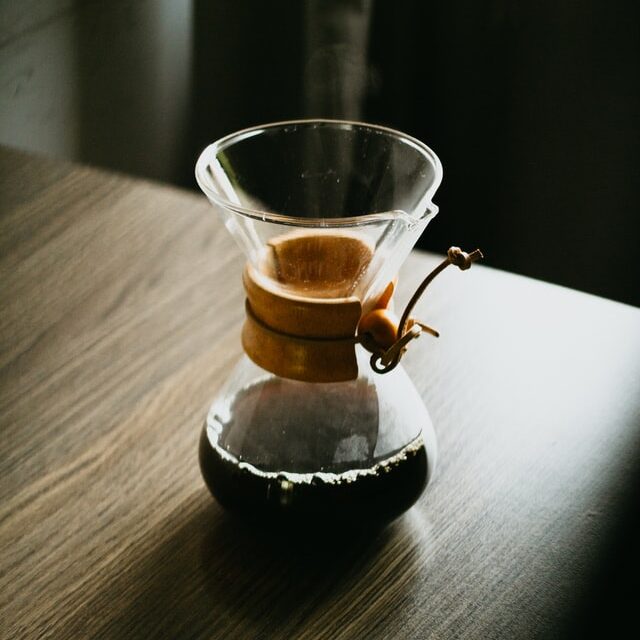
It's a common misconception that pour-over coffee is a lengthy process. In actuality, and especially for just one or two servings, it's often at least as fast as a coffee maker.
Brewing pour over coffee takes about 2 to 3 minutes from the first pour until the cup is ready to drink. That includes about 30 seconds of initial blooming followed by 1.5 to 2.5 minutes of steeping and drawdown. Significantly slower or faster brewing usually means that grind size and/or water temperature are not optimal.
In fact, brewing time might be the single most important indicator of whether you're making a good batch. In this article, we'll take a closer look at what brewing time comprises and how to dial it in.
Table of Contents
I'm an affiliate.
I hope my product recommendations make your life a little better! As a member of programs including Amazon Associates, I earn from qualifying purchases. If you do choose to purchase though links here, then I greatly appreciate your support!
The importance of blooming
When coffee is reasonably fresh, it will release carbon dioxide as it comes in contact with water. This makes the coffee appear to expand when wetted, which is known as blooming.
But besides looking kind of cool, blooming is also important because it ensures the coffee grounds are evenly saturated. That prevents dry pockets (which never get fully extracted) and also avoids channels where the water passes straight through into your cup.
Here's an example of how this fits into the overall brewing process.
- Start your timer and then gently pour however many grams of water equal 2-3 times the grams of coffee. For instance, with 15g coffee, you'd use 30g-45g of water. The coffee will rise or swell up (to some extent) as it first mixed with water. This is the bloom in action.
- Next, agitate the mixture by swirling or stirring it gently. There should be no visibly dry clumps left.
- Wait about 30 seconds after you first start pouring for the bloom to finish and the water to pass through, leaving an evenly soaked bed of coffee.
(While there's no harm in waiting more than 30 seconds, you don't want to allow the coffee to cool down. A drastic drop in temperature--like after sitting for a few minutes--will reduce the overall brewing temperature and could therefore under-extract the coffee. But I'm being picky, and it all likelihood, it would still taste fine!) - Finally, proceed to pour the rest of the water however your method calls for.
Pouring, steeping, and drawdown
After the initial 30 seconds or so of blooming, the rest of the process should take about 1.5 to 2.5 minutes.
This is where most of the actual coffee brewing happens. Remember that brewing isn't just tiny bits of coffee dissolving in the water, so brewing happens always and only while the majority of the water is in touch with the coffee.
Granted, a little bit of brewing does occur during the bloom phase but that's why we only use a little bit of water. We don't want to brew it yet, we just want to dampen it so that the main brewing phase will work its best.
Anyway, here's the key point to understand.
Coffee's taste is basically a result of its extraction, and its extraction is basically a result of how long it's in contact with water for. That's why getting the right time frame is absolutely critical.
Some people, and some brewing devices, recommend multiple smaller pours. Others, like I, usually pour the remaining water in one slow and continuous stream. There's certainly no right or wrong answer, so simply experiment a lot and stick with whatever makes it easy to get a consistently good cup.
The overall brew time is an important indicator.
After the bloom, a pouring-plus-drawdown time of less than 1-1.5 minutes will yield a weakly flavored cup. With lighter roasts it might also taste a bit sour.
Conversely, if the pouring plus drawdown takes more than about 2.5-3, your coffee is likely going to be over-extracted.
That usually shows up as a harsh cup that lacks balances and smoothness. It's more noticeable and unpleasant with darker roasts, but any coffee can be over extracted.
How to shorten or lengthen brewing time
To understand why overly slow or fast brews are not ideal, and what to do about it, let's quickly look at what actually determines brewing time in the first place.
Now, this is all a different story if you are using some sort of immersion brewer.
That could be an AeroPress, where the plunger forces water through and therefore determines brewing time. That could also be something like the Clever Dripper, which has a water retention seal that you release whenever the coffee finishes steeping.
But with a plain old percolation brew, like drip or pour-over, there's only gravity to draw the water down. Grind size and water temperature are the main factors in your control.
Anyway, you know how water tends to pool on sand but will always pass right through gravel? It's exactly the same with coffee grounds.
Too fine, and they'll resist the flow of water. The result is an extremely slow and probably harsh brew.
Too coarse, and they won't resist the flow of water enough. The result is a quick, ineffective brew that tastes weak or diluted.
You probably also know how hot water dissolves things more readily than cold water. All else being equal, using water just off of boiling will extract coffee more efficiently than using cooler water. (If you ever wondered, that's why Cold Brew methods usually take so long.)
The flavor profile will also change, since certain compounds dissolve better at different temperatures.
As far as enjoying delicious coffee is concerned, the point is that brewing time basically reflects the degree of extraction, and extraction determines taste.
That's worth a closer look, so take a peak at this coffee extraction overview to learn more about what affects extraction, and how to turn that knowledge into what we really want: better coffee!
